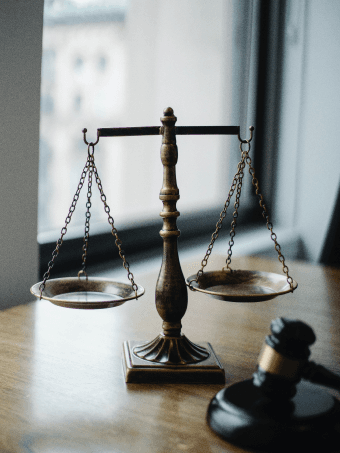
Challenges for brand protection brought by Metaverse
In line with the anticipated path of the Metaverse as an immersive virtual world that provides digital representations of individuals, places and things, the potential reputation risk for established brands producing physical products and services becomes highly apparent. A recent well-publicised case of Hermès versus an artist Mason Rothschild demonstrates the practical challenges brought by the rapid growth of the Metaverse. A Birkin bag inspired non-fungible token (NFT) artwork was sold for $23,500 in June 2021. Despite the official position of Hermès to avoid the Metaverse due to the crucial importance of the physical aspects of its products, this infringement has been taken very seriously by the renown fashion retailer.
Copycat items featuring nearly unrecognisable parallels to the products of Gucci, Louis Vuitton and Prada have been also uncovered on Roblox, a Metaverse platform featuring user-generated content. To make things even worse, trademark applications for these copycat brands focused on virtual goods and services have been filed by individuals outside of the respective fashion houses.
All in all, it is becoming very clear that the Metaverse represents a significant challenge for brand protection efforts displayed by established brands renown for their physical products and services. What is the best strategy to mitigate this emerging risk?
Trademark class system still adapting to change
Trademark registration offers an effective protection for its owner to retain the sole use of the particular brand. This level of protection is however limited to the scope of the goods and services listed on the trademark application. NICE classification structures all goods and services into 45 classes and while the level of protection is relatively high in the context of similar products / services within the same class, this protection is virtually non-existent in the context of other classes. For instance, if a company registers its trademark for a restaurant (Class 43), this form of a brand protection is unlikely to prevent another company from using a similar brand name in the context of tobacco products (Class 34) as the distinct industries in which the two brands operate are expected to limit the potential consumer confusion.
An exception to this claim of course arises in the context of well-known brands, for which an argument can be made that the use of their brand name (even in an industry sector completely unrelated to the original brand) infringes upon its good name and reputation.
Virtual goods and services, as offered on the Metaverse, typically fall into classes 9 (downloadable virtual goods), 35 (retail store services featuring virtual goods) and 41 (entertainment services, namely, providing on-line, non-downloadable goods for use in virtual environments).
Verdict
The Metaverse is clearly gaining traction and with it comes the inflow of entrepreneurs recognising this tremendous opportunity. Early brand infringement cases on Metaverse demonstrate the challenges associated with enforcing trademark registration rights in the context of virtual goods and services when the trademark application is limited to physical goods and services which fall into different trademark classes.
These brand infringement attempts can be expected to increase in the upcoming future and the best advice for both established and emerging brands is to consider extending their trademark application by including the virtual goods and services.
—
[1] https://www.globenewswire.com/news-release/2022/04/25/2428281/0/en/Metaverse-Market-is-estimated-to-be-US-947-118-billion-by-2030-with-a-CAGR-of-38-8-during-the-forecast-period-By-PMI.html


